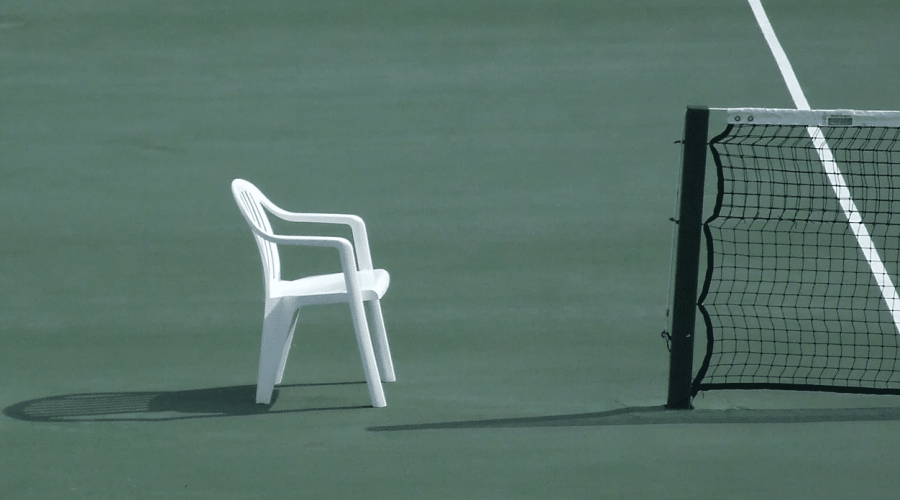Tennis star Serena Williams is the world’s biggest example of a gender pay gap out of control.
Having children is a wonderful part of life and for many women it’s generally the reason why men earn more over their lifetimes.
This year, for the first time in eight years, the gender pay gap is centre court in the Forbes’ list of the 100 highest paid athletes in the world.
Last year, the only woman who made the top-100 was Serena Williams, who was ranked at Number 51. But not this year because she was out of action enjoying the birth of her daughter.
Still despite not having any prize money to add in, Williams earned $18 million in endorsements alone, says the Pundit Arena.
The absence of Serena and indeed women on the Forbes list highlights the gender pay gap at the top end of town in sport.
It also comes at a time when the Australian government and the federal Opposition are debating the gender pay gap and how it plays out in the workplace in terms of pay and through the tax system.
The government is yet to acknowledge that this is an area that needs greater focus and missed an opportunity in the May Budget to really call it out and address it.
Australia’s tax system discriminates against women, according to Labor deputy leader Tanya Plibersek, who has cited the GST on tampons and the gender pay gap as examples.
Her comments come after Labor treasury spokesman Chris Bowen yesterday defended his claim that men will benefit more than women from Stage Three of the government’s Budget income tax cut package, arguing it is fair to consider the gender pay gap when debating tax policy.
As the Australian reported, Mr Bowen highlighted a Parliamentary Budget Office finding that $30 billion of the $41.6 billion of Stage Three tax cuts would flow to men, claiming men would benefit over women at a ratio of three to one.
The fact that men are the main beneficiaries of such tax cuts is due to there being nearly double the number of men in full-time work compared to women.
This is the result of more women opting or having to work part-time while caring for children. It then means that women tend to earn less than men overall.
But this is all changing. The participation rate of women in full-time work in Australia is growing and is happening faster than men.
We also have women starting small businesses at a faster pace than men.
Yet our systems are not keeping up with this trend and what it also means for wealth accumulation and decision making in the years ahead.
Seeing the pay disparity play out in sport is always interesting, because men rarely ever face a financial penalty once they become parents.
The Forbes list ranks athletes by taking the athlete’s salary or winnings and then adding in endorsements to get their final pay for the year.
And in case you are wondering, boxer Floyd Mayweather made $285 million in the past year, just a bit more than footballers Lionel Messi, with $111 million, and Cristiano Ronaldo with $108 million. Ranked at Number 100 is NBA player Nicolas Batum, who made $22.9 million.













